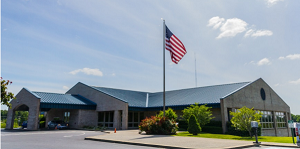Dickson, Tennessee Aims to Bring Community-Powered Fiber Across Seven Counties
Dickson, Tennessee (pop. 15,500) was the third municipal electric system to take power from the Tennessee Valley Authority after its creation in 1933, but the utility actually predates the regional electric generation system by almost 30 years. Today, it’s entering a new phase of life, parlaying its 117-year history of bringing affordable electric service into an $80 million fiber-to-the-home (FTTH) build that will see every household in its footprint (37,000 meters) get future-proof Internet access within the next four years.
A Cooperative in Municipal Clothing
Established in 1905, the very first Dickson Electric System (DES) customers received their power from a single 150-horsepower external combustion steam engine. DES upgraded its capacity in 1923, switching to two 150-horsepower oil-burning engines. A little more than a decade later, the TVA was established and DES took service, joining the maturing regional electric system and bringing its 650 customers and 50 miles of line into what would eventually be a group of more than 150 local power utilities almost a century later.

Today, Dickson Electric territory covers almost 800 square miles across Dickson, Hickman, Cheatham, Williamson, Humphreys, Houston, and Montgomery Counties (with the bulk of its customers in the first three), across about 2,600 miles of distribution line to 37,000 locations.





